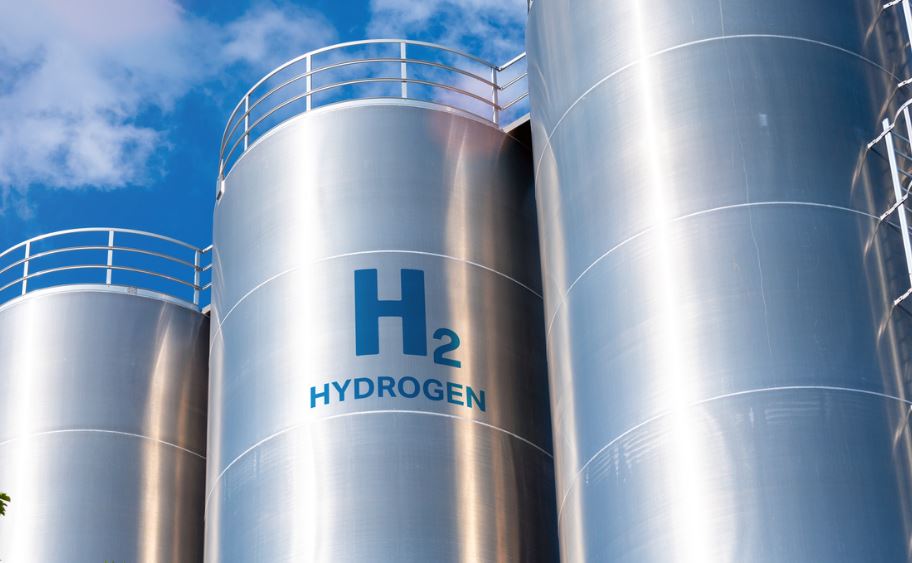A new class of recyclable, lightweight hydrogen tanks developed in South Korea is gaining commercial traction abroad, signaling a possible inflection point in the hydrogen mobility materials market.
Led by Professor Ha Seong-gyu of Hanyang University’s Department of Mechanical Engineering, the university spinout 3P.COM has secured licensing deals in Taiwan and India and attracted joint venture investment from China’s Cathay Biotech, a bio-resin firm listed on the Shanghai Stock Exchange.
The technology—pitched as lighter, stronger, and recyclable—aligns closely with the growing ESG pressure on manufacturers to decarbonize and reduce material waste. While most commercial hydrogen tanks rely on carbon-fiber composites that are difficult to recycle and resource-intensive to produce, 3P.COM’s tank design incorporates bio-based composite materials aimed at end-of-life circularity.
The commercial potential rests not only on environmental merit but also on structural performance. Drawing on 34 years of composite materials research, Professor Ha’s team claims the hydrogen tank exhibits superior strength-to-weight ratios compared to current market offerings. While no third-party performance data has yet been published, the technology’s licensing to international manufacturers suggests that early validation is already underway.
In global context, the hydrogen storage market remains a bottleneck for the broader adoption of hydrogen vehicles and infrastructure. Current composite overwrapped pressure vessels (COPVs) used in mobility are typically non-recyclable and carry significant embodied carbon. This limits their viability in a policy environment increasingly sensitive to full lifecycle emissions. The EU’s push for a circular economy and Asia’s emphasis on green industrial policy both point to an emerging materials competition—not just between fossil and clean fuels, but between recyclable and disposable hardware.
3P.COM’s 10-year royalty agreements with partners in India and Taiwan suggest longer-term confidence in the commercial relevance of the technology. Additionally, the creation of a 10 billion won (approximately $7.4 million) joint venture with Cathay Biotech marks a strategic pivot toward scaled production, not just R&D. According to company disclosures, the JV will focus on mass production of hydrogen tanks and pipelines and push biocomposite materials into broader industrial applications across Asia.
This approach positions 3P.COM to enter high-growth mobility verticals. Recyclable tanks could be particularly relevant in constrained-weight applications such as hydrogen drones or humanoid robotics—sectors where mass adoption is still nascent, but where performance margins and environmental compliance will play a critical role.
While domestic validation is ongoing, the real test will be scaling production to meet international safety and certification standards. Composite hydrogen storage technologies must adhere to protocols such as ISO 19881 and UNECE Regulation No. 134, which cover burst testing, pressure cycling, and environmental aging. If 3P.COM’s tanks meet or exceed these benchmarks, they could offer an alternative to entrenched players in the Type IV tank market, which remains dominated by Western and Japanese suppliers.
Stay updated on the latest in energy! Follow us on LinkedIn, Facebook, and X for real-time news and insights. Don’t miss out on exclusive interviews and webinars—subscribe to our YouTube channel today! Join our community and be part of the conversation shaping the future of energy.





